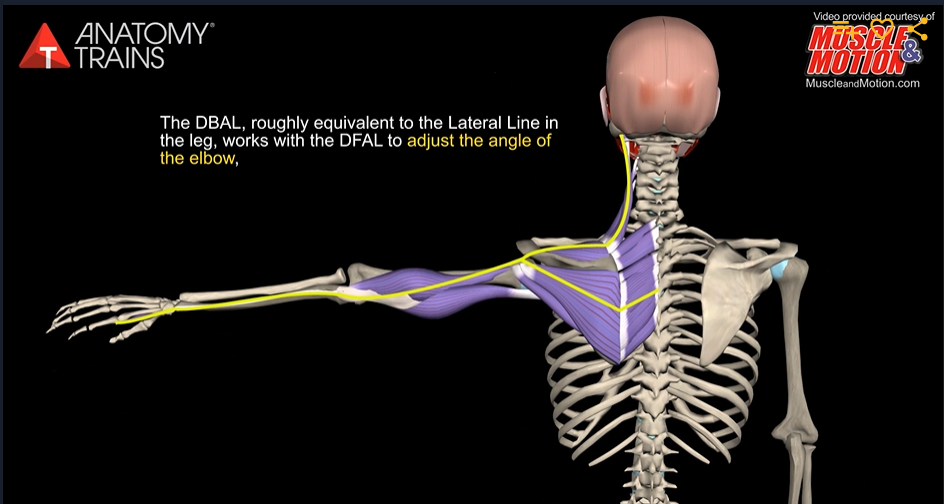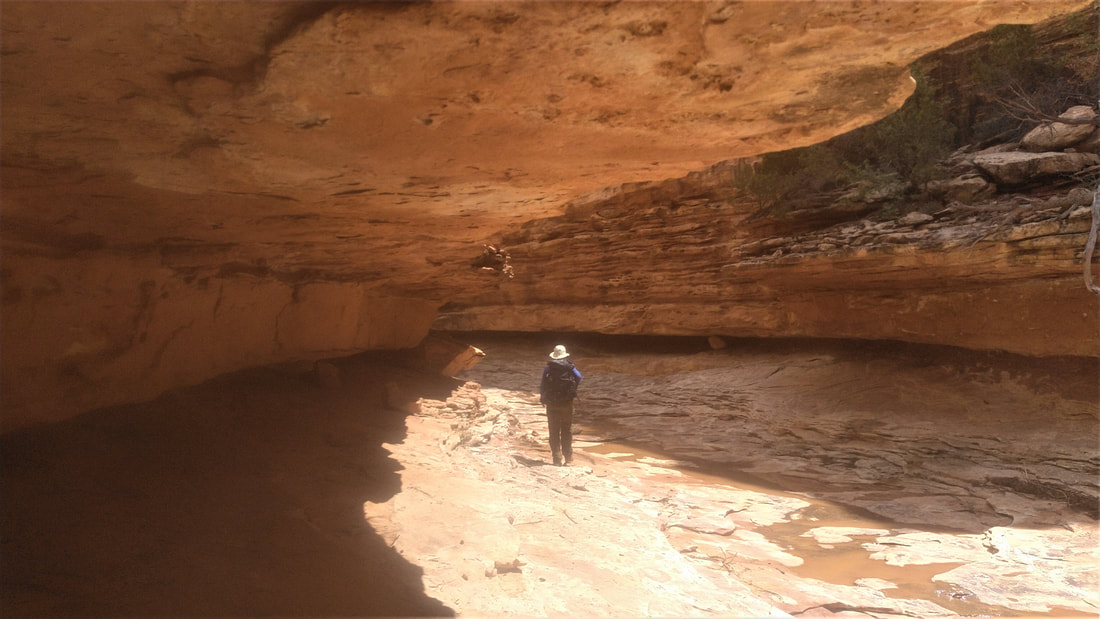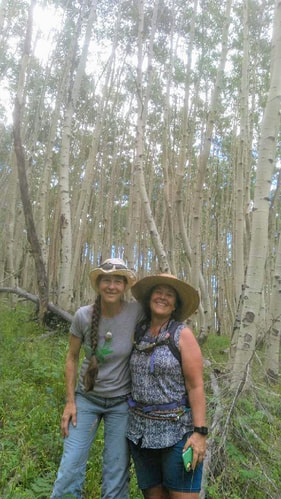|
We left off last month with, “I honestly don't know what it will be like after Monday, November 7th”. What I can say now is I have lived a lot of life in the past 28 days! So much fell apart in just one week, and yet, between the tears and the telephone calls, the emails and the workouts, the stories and the hugs, I have continued to trust that it will all be okay, however it works out. I have been reading and reading about rotator cuffs. I’ve been reading and listening and practicing a new to me method of how to “integrate the rest of the body in a meaningful way”. I am feeling newly inspired, and at the same time set back. I have been working with a new to me physical therapist who is helping me figure out how to activate only my lower and mid trapezius, without firing the upper trapezius. Integration and isolation. Creating better strength through patterning full body activation- feet to legs to core to arms to hands. That, and knowing what it feels like to move ONLY the right shoulder blade closer to the spine. The pairs of opposites, the yes to both has been a fundamental truth in my life and practice. With that, I travel further into being human, along the path of kinesiology. Give me less arm”, is my favorite new saying from my new PT. I am still learning how to move JUST the shoulder blade. She also taps on the top of my shoulder frequently, her non-verbal cue to not use those muscles while my arm is in motion. This is going to take determination, constancy and probably years of conscious activation, but I’m okay with that. Whether I have the muscles surgically reattached or join the large population of humans who live with massive tears, I will be better off by doing this work.
"And I, infinitesimal being, drunk with the great starry void, likeness, image of mystery, I felt myself a pure part of the abyss, I wheeled with the stars, my heart broke free on the open sky." - Pablo Neruda Have you ever experienced a Great Quiet? The kind of quiet that is so loud you listen to it? The kind of quiet you can’t imagine, but after you experience it, you notice the cacophony we create and live immersed in. Acoustic ecologist Gordon Hempton: “Silence is an endangered species on the verge of extinction.” He defines “real quiet as presence”. Real quiet as presence. A presence that will hold you, unconditionally. A presence we get so used to the absence of, we don’t even know we miss it. We don’t even know how much it hurts to be apart from it. I first consciously experienced the quiet sometime in my mid-30’s, car camping in Utah. Where we stayed there was no human made sounds except our own. When I sat noiselessly, I could hear the silence that enveloped me. At that moment, I experience a true awe- the visceral sense of fear, veneration and wonderment overtook me for several moments. I returned to that area a few years later, this time alone. I was not trying to re-create the previous encounter; I only knew how good I felt when I was there and wanted more. This time I had several days to bask in the stillness. It was so still; I could hear what seemed to be the vibration of the Universe. "I have heard the voice of the Universe and it is kind, like a mother and It says, do not be afraid" I wish I could tell you that if you keep practicing, diligently, you will not need to go to a quiet place to hear the silence. But I don’t know that from my own experience. I have heard of and choose to believe the recounts of yogis who do hear the silence, whether in Madurai, Tamil Nadu, India (aka “The Sleepless City”) or Abhayagiri Monastery near Redwood Valley, California. Last night, as the commute traffic zipped through my previously quiet neighborhood, I was well aware of how it drew me to react with agitation. Even during the yoga practice, after shutting all the windows and the door to deaden the noise outside, I my body and mind still felt the disturbance without and within.
You don’t need to stay permanently in the Quiet. That’s not the point of this writing. Like time with your mother, father, beloved friend, go visit, stay a while, and then get back to the busyness and the racket – those are good, too. In moderation. They, too, are of our natural human instinct to do, create, see ourselves through what we manifest. I to encourage you to seek out is the Great Quiet. If you find it, sit and stay a while so that you can find out what happens in you while you are held in it. “Maitrī adişo balā” 3.23, Yoga Sutras of Patanjali “Maitribala= whose strength is benevolence” I don’t know where I found the above quote. I have been re-visiting my years’ collection of class plans in our current phase of practice. Every week I would teach a class and attempt to theme the class on a sutra as I learned about them. As I re-purpose the asana sequences I created back then for class today, I noticed how the themes I wrote could also be re-purposed for comment in these newsletters. Remember, I wrote in July how I feel I’s written, said everything that can be said for where we are in our practice? From here on forward, at least for a period of time, we need to just practice what has been preached. We need to take it from thought to action, move it from the head to the body. Back to Maitri- The Indo-Iranian word *mitra-m means "covenant, contract, oath, or treaty", and later, "friend". The word is derived from a root mi- "to fix, to bind" (Indo-European *Hmei), with the "tool suffix" -tra- (compare man-tra-), a contract is thus described as a "means of binding." The use of 'mitrá' to mean friend, may therefore be a shortening of the term 'bond of friendship'. I have been practicing practice- have you noticed that in class? No agenda, nothing to get, no something different to become. It’s friendship- just hanging out because you like to be with. Nothing to accomplish. Enjoy the company of. There is an immense strength in benevolence. I’m sure you have experienced feeling cared for, the feeling of someone who just likes you, quirks and all. They don’t want anything from a relationship with you other than the relationship itself. This has been my deep lesson of the past 12 months- friendship and practice, both agenda-less, both just showing up and being in the moment as we are. The funny thing is I realized all this hiking 4,000 ft up a mountain pass in the Colorado Rockies last month. It was reinforced a few weeks later by heading 4,500 ft up the northeast flank of Mt. Rainier to scramble Mt. Ruth, (twice in 8 days). The realization is I hadn’t done anything particularly spectacular to “train”, other than show up twice a week wearing a weighted vest, on the stair climber and go hiking once a week. Just showing up and being there for that, suddenly I found myself enjoying the process itself- the time alone with myself in the gym, the intensity of the effort during and the feeling after. suddenly I found myself on top of a few spectacular places without a timeline or a schedule or a targeted outcome. No burning thighs, no burning lungs, no burning thoughts during the ascent or descent. Enjoyment of the journey, as is the cliché.
This past week, in my own yoga practice with an online class I had chosen for my injured shoulder, I put my hand on my sacrum, following the queue of the teacher. “Feel the pelvis tilt anteriorly”, the teacher said. I’ll be darned- 20 years of practice, 20 years of hearing that queue, and this past week, in parsvottanasana, I felt for the first time my pelvis tilt anteriorly and then posteriorly then to make sure it wasn’t a fluke, I again tilted it to the anterior. On a day I had shown up on my mat just to practice, just to hang out with my body. |
Archives
December 2022
|






 RSS Feed
RSS Feed